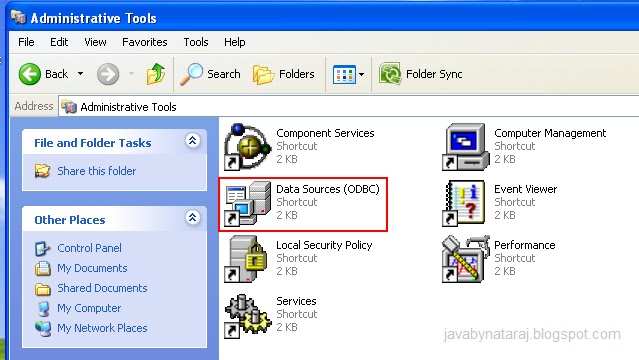
At the University, installing the Oracle client and ODBC driver is basically a four or five step process: 1. Download the Oracle installation file. Decompress (i.e., unzip) the Oracle installation file. Optional: Run the Oracle Universal Installer to “uninstall” an earlier version of the Oracle client. Review the minimum supported ODBC driver releases, and install ODBC drivers of the following or later releases for all Linux distributions: Copy unixODBC-2.3.1 or later Parent topic: Installation Requirements for ODBC and LDAP. Oracle ODBC driver on IBM AIX is certified with ODBC Driver Manager 2.3.4. To use ODBC with Oracle Database, you must also install the following package: Copy gcc 4.2.1 or later.
The oracle 11g client install is almost exactly the same as the oracle 12c client install. Download this app from microsoft store for windows 10 mobile, windows phone 8.1, windows phone 8. Every enterprise needs to securely maintain their data. Step by step instruction how to download and install the odbc drivers for oracle 11g release 2.
4.1.1 Installing the Windows Connector/ODBC Driver Using the Zipped DLL Package
If you have downloaded the zipped DLL package:
Install Oracle Odbc Drivers Windows 10
Unzip the installation files.
Run the included batch file to perform an installation to the default locations.
Alternatively, install the individual files required for Connector/ODBC operation manually.
The following instructions only work for 32-bit Windows systems. If you have a 64-bit Windows system, use the MSI installer, which installs both the 32-bit and 64-bit drivers to the correct locations.
To install using the batch file:
Unzip the Connector/ODBC zipped DLL package.
Open a command prompt.
Change to the directory created when you unzipped the Connector/ODBC zipped DLL package.
Run
Install.bat:This copies the necessary files into the default location, and then registers the Connector/ODBC driver with the Windows ODBC manager.
Changing or adding a new DSN (data source name) may be accomplished using either the GUI, or from the command-line using myodbc-installer.exe.
Although Oracle recommends installing these files in the standard location, you can also copy the files by hand to an alternative location - for example, to run or test different versions of the Connector/ODBC driver on the same machine. To copy the files to a location of your choice, use the following steps:
Install Oracle Odbc Drivers On Linux
Unzip the Connector/ODBC zipped DLL package.
Open a command prompt.
Change to the directory created when you unzipped the Connector/ODBC zipped DLL package.
Copy the library files to a suitable directory. The default location is the default Windows system directory
WindowsSystem32:For Connector/ODBC 8.x:
For Connector/ODBC 5.x:
Copy the Connector/ODBC tools. These must be placed in a directory that is in the system
%PATH%. The default is to install these into the Windows system directoryWindowsSystem32:Optionally, copy the help files. For these files to be accessible through the help system, they must be installed in the Windows system directory:
Finally, register the Connector/ODBC driver with the ODBC manager:
For Connector/ODBC 8.x:
For Connector/ODBC 5.3:
If you installed these files into a non-default location, change the references to the DLL files and command location in the above statement